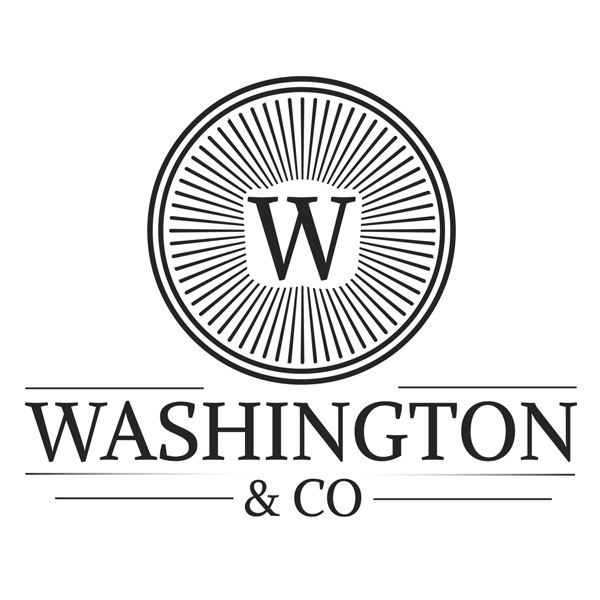If your business owns real estate—or you’re investing personally—you could be sitting on tens (or hundreds) of thousands of dollars in unused deductions.
At Washington & Co. Inc — Strategic Tax & Advisory, we help high-earning entrepreneurs unlock hidden tax savings through cost segregation, a strategy that accelerates depreciation and brings future tax write-offs into this year.
The result?
More cash in your pocket.
Better ROI on every property.
And faster wealth-building.
Why Cost Segregation Is a Game-Changer for Wealth Builders
Under normal rules, commercial and residential real estate is depreciated over 27.5 or 39 years. That means your $1M building might only generate ~$25K in deductions per year.
But with a cost segregation study, we break that building into parts—carpets, lighting, HVAC, cabinetry, land improvements, etc.—and accelerate the depreciation for eligible items into 5, 7, or 15-year buckets.
The result?
- Massive first-year deductions (especially when paired with bonus depreciation)
- Immediate cash flow from tax savings
- A lower tax bill without selling or refinancing the asset
2025 Cost Seg Rules: What’s Still on the Table
Even though bonus depreciation is phasing down, here’s what’s still available this year:
| Asset Type | Depreciation Term | Bonus Eligible? (2025) |
| Carpets, fixtures | 5 or 7 years | Yes – 60% bonus |
| Sidewalks, landscaping | 15 years | Yes – 60% bonus |
| Roof, HVAC, structure | 27.5–39 years | No |
In 2025, bonus depreciation is 60% — meaning you can write off 60% of short-life assets immediately, and depreciate the rest over the shorter timeline.
Who Should Use Cost Segregation?
This strategy is ideal for:
- Business owners who own their office or warehouse
- Real estate investors with new or improved properties
- Entrepreneurs who renovated or built a facility post-2017
- Anyone facing a high-tax year who needs an immediate deduction
Cost seg is especially powerful when:
- You have taxable income over $250K+
- You want to reinvest freed-up cash into more property or the business
- You plan to hold the asset for at least 3–5 years
Real-World Example: $114K First-Year Deduction
One of our clients, a med spa owner, bought a $980,000 building to house their operation. Without cost seg, they’d get ~$25K/year in depreciation.
We ran a cost segregation study, reclassified $190,000 of short-life assets, and applied 60% bonus depreciation.
Result:
- $114,000 first-year depreciation deduction
- Immediate $43,320 tax savings (at 38% effective rate)
- No impact to long-term asset appreciation
That freed up capital for their next location—without needing to borrow a dime.
Timing Matters: Plan Before Year-End
To qualify for 2025, your asset must be:
- Placed in service before December 31
- Owned (not leased from a third party)
- Eligible based on improvements, use, and asset type
Pro tip: Even renovations or leasehold improvements may qualify — not just full building purchases.
What It Costs (And Why It Pays Off)
A professional cost seg study typically runs $5,000–$12,000 depending on the size and complexity of the property.
But the ROI is enormous:
- Most studies return 10x+ their fee in tax savings
- The study fee is fully deductible as a business expense
- And we model the payoff before you move forward
Action Checklist
- Identify any buildings purchased or improved since 2017
- Request a free model of your potential depreciation gain
- Schedule your study well before Q4 ends
- Layer this strategy with bonus depreciation, retirement stacking, or entity optimization
- Book your cost seg review with Washington & Co. Inc today
Book a Cost Seg Strategy Session
Cost segregation isn’t just for giant REITs anymore. If you own real estate and you’re still depreciating it over 30+ years, you’re leaving serious cash on the table.
Schedule your Cost Seg Strategy Session with Washington & Co. Inc — Strategic Tax & Advisory today.
